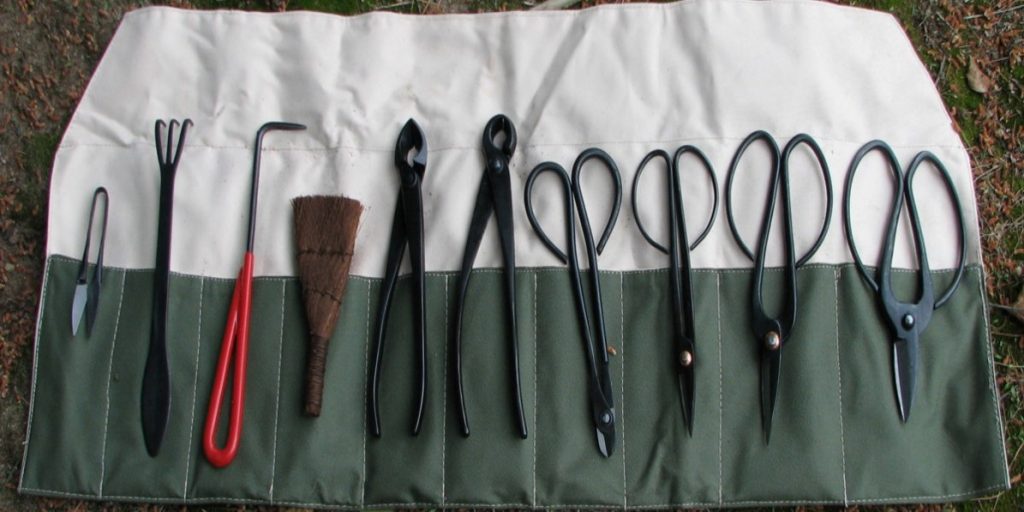Join our community
of garden lovers.
Sign up with your e-mail address to receive our latest offers,
competitions & local gardening tips
competitions & local gardening tips

Bonsai is an art that has been studied and refined for centuries, but don’t let that scare you off. With a little guidance, you’re perfectly capable of growing your very own Bonsai trees without a mystical green thumb. Most people are introduced to Bonsai by purchasing a cheap, pre-made bonsai tree. Although this is without a doubt the easiest way to get started, it’s much more interesting, cost-effective, and rewarding to learn how to grow and style your own tree.
Working with natural materials, focused on the here and now, the bonsai artist becomes one with the creative forces of nature. Careful pruning of the branches and roots, pinching off new growth, and periodic repotting of bonsai, requires focus and patience. The gardener becomes an artist creating a never-ending composition that flows naturally and harmoniously. Bonsai is not so much an effort to duplicate nature in miniature, but rather to convey its essence and spirit. An outstanding bonsai is one that looks like a marvellous accident of nature. Tuning into the rhythm of nature and understanding the interrelatedness of all things are key components of the philosophy and art that is bonsai.
Whether you prefer to keep your tree indoors, or outdoors will have a big impact on your selection. Growing Bonsai indoors limits your options to subtropical trees that can survive indoors. Whereas growing your Bonsai outdoors gives you more options to choose from. Most non-tropical trees are perfectly fitted to grow outdoors, as long as they are protected from intense sunlight or freezing temperatures. Choosing an indigenous tree for your area is the safest bet.
Ideally bonsai should be placed outdoors but they will grow indoors if there is sufficient light. Plants need sufficient UV rays tin order to survive. The ideal would be to have them in a protective area outside, where they would receive good light and protection from frost and bright sunlight.
If your Bonsai’s are going to be inside, it is best to leave them on a windowsill. In order to protect the plant from frost, move it during the winter nights and make sure your plant never stands in a draft. Every bonsai tree needs sunlight. Bonsai need to manufacture their foods and they require sunlight for photosynthesis or plant food manufacturing.
You should ensure that the soil is always moist and not constantly dry. However, you should not over-water your bonsai plant. This will harm the non-fully developed bonsai roots. You are over-watering when you see the leaves are wilting and turning yellowish. An oversupply of water for the bonsai can lead to root rot.
Fertilization is another important thing to keep in mind. Small pots with little space limit water and nutrient retention. Fertilizing regularly in the tree’s growing season is key to make sure your tree stays healthy and thrives. Again, the amount and frequency with which you fertilize your Bonsai depends on the tree species you have. Which brand and/or type of fertilizer you choose won’t have a major effect on your plant. That said, a liquid fertilizer is usually safer to use to avoid and overdose.
With love and proper care, a bonsai can live for hundreds of years, even surpassing some full size trees. Such prized specimens are often named and passed on from one generation to the next, a living reminder of a shared love of nature and art.
Join us this Friday 19 November for our FREE online workshop on ‘The Fine Art of Bonsai’, with Garden Guru Sue Both.
Please use the following login details to join us at 11am sharp over Zoom:
Meeting ID: 870 6407 8562 Passcode: 349717
or use the following direct link: https://bit.ly/3Dpk1I1
